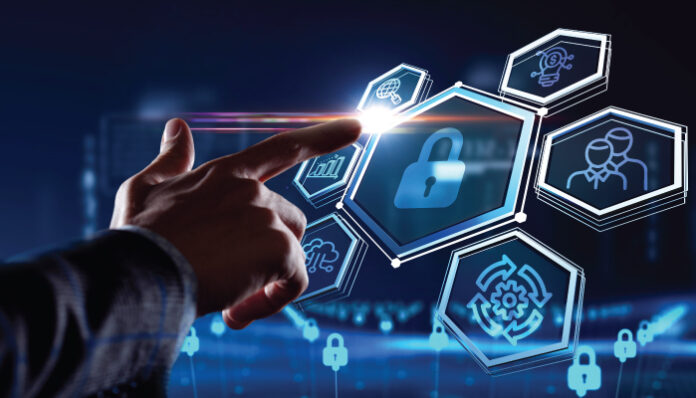Regardless of their role or position within an organization, every employee is now a possible target for threat actors due to recent changes in enterprise dynamics. As a result, businesses must start approaching cybersecurity from a more human-centric perspective.
Many employees had increased access to enterprise systems at the start of the pandemic to streamline their productivity. This additional layer of access and privilege is still in place after two years, with many people still working remotely.
Given the recent shifts in enterprise dynamics, every employee is a potential target for threat actors attempting to obtain initial access or move laterally through enterprise networks to steal data and run maliciously.
Although current cybersecurity discussions focus on automation, Machine Learning, and Artificial Intelligence as the best ways to defend against threats, employees are still often the first line of defense.
Therefore, many could gain from addressing their cybersecurity priorities and concerns from a more human-centric perspective.
Determine Common Insecurities
Every department within an organization, whether it be accounting, marketing, or sales, should undergo regular cybersecurity audits to ascertain the current behavior of employees and their approach to security. Security protocols can vary based on the department.
Also Read: Three SaaS Security Threats and Challenges to Address Now
Organizations should consider creating periodic testing controls that show areas and departments where security knowledge and awareness may be lacking to address disparities and identify where security improvements are needed. There are many ways to accomplish this. One of the most common methods is distributing enterprise-controlled phishing emails to see how employees react. An employee is immediately required to attend a cyber-hygiene and anti-phishing training led by a security team member should they consider the email to be legitimate. Instead of using this opportunity to condemn employees, companies must equip them to recognize and report phishing attacks.
Integrate Security Experts Throughout the Organization
The development and implementation of strategies must also place security teams at the forefront. Security should be incorporated into every project and is no longer just a last-minute consideration. Security must be standard practice as well as by design. Security teams that work directly with each business department foster enhanced communication and cross-collaboration while assisting in identifying any gaps and areas where additional security expenditures may need to be set aside.
Every department can have a cybersecurity mentor or ambassador who can help identify risks and incidents and explain department-specific compliance and security regulations. An organization’s cybersecurity posture can be maximized, and business requirements can be understood by assigning an IT professional familiar with each department’s particular requirements. Not only must security be in place, but it must also be able to assist the employee in performing their duties. Businesses must focus on a zero-friction security strategy emphasizing the necessity of making security help people in their work.
Implement Streamlined Security Measures
Many companies are investing and deploying new security technology with minimal consideration for direct end-users due to rising threat levels and mounting pressure from business leaders and board members. The security solutions put in place are frequently challenging for non-security experts to use and manage, which results in resistance. Organizations must spend enough time and money training employees on using such technology and investing in robust cybersecurity measures to prevent poor implementation, misconfigurations, and general friction.
Also Read: Making Cybersecurity Awareness a Priority in the Aftermath of Phishing Attacks
Cybersecurity Awareness Training
Initiatives to raise awareness of cybersecurity should be developed by businesses to strengthen internal cyber hygiene. Employees must be empowered to adopt password best practices, such as creating complex passwords and the proper protocol for storing them, and they must be educated on the early indicators of malicious behavior.
Security teams are under immense pressure with thousands of alerts and noise they have to deal with daily because of the increased attack surface. As a result, the future of an organization’s security can no longer be solely in the hands of IT security, especially with employee burnout and staff shortages. Organizations can significantly lower their risk by adopting a human-centric approach to security, providing all employees with the seamless technology, basic knowledge, and skills needed to thwart malicious activity.
For more such updates follow us on Google News ITsecuritywire News. Please subscribe to our Newsletter for more updates.









